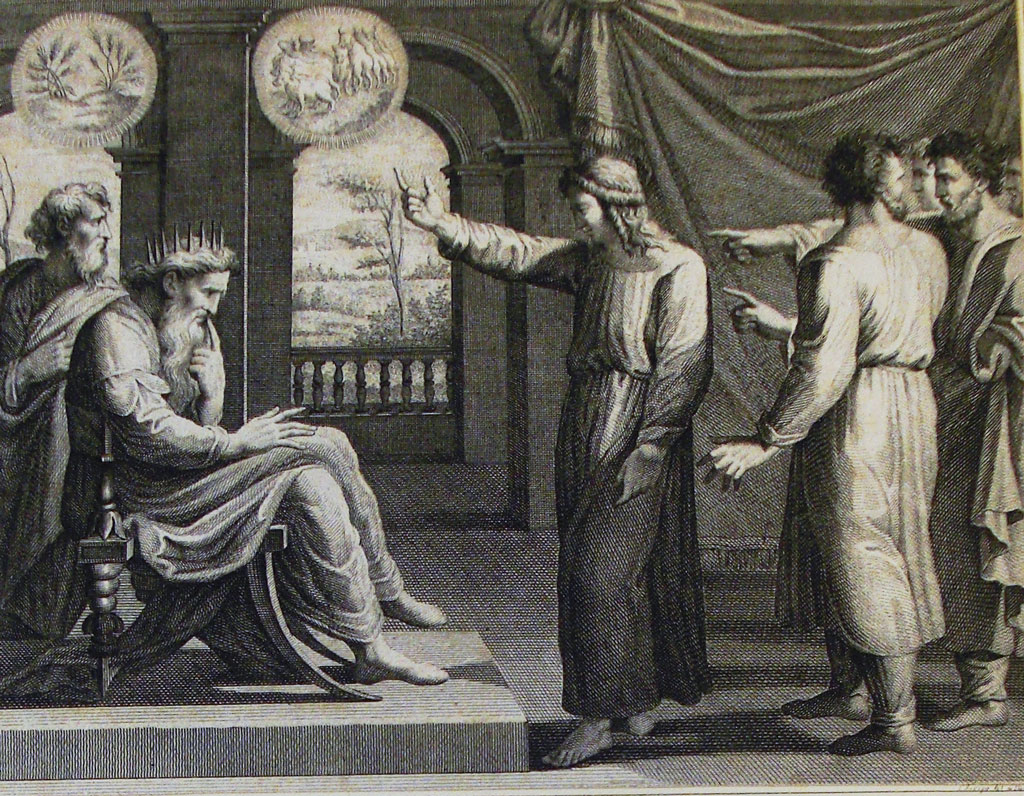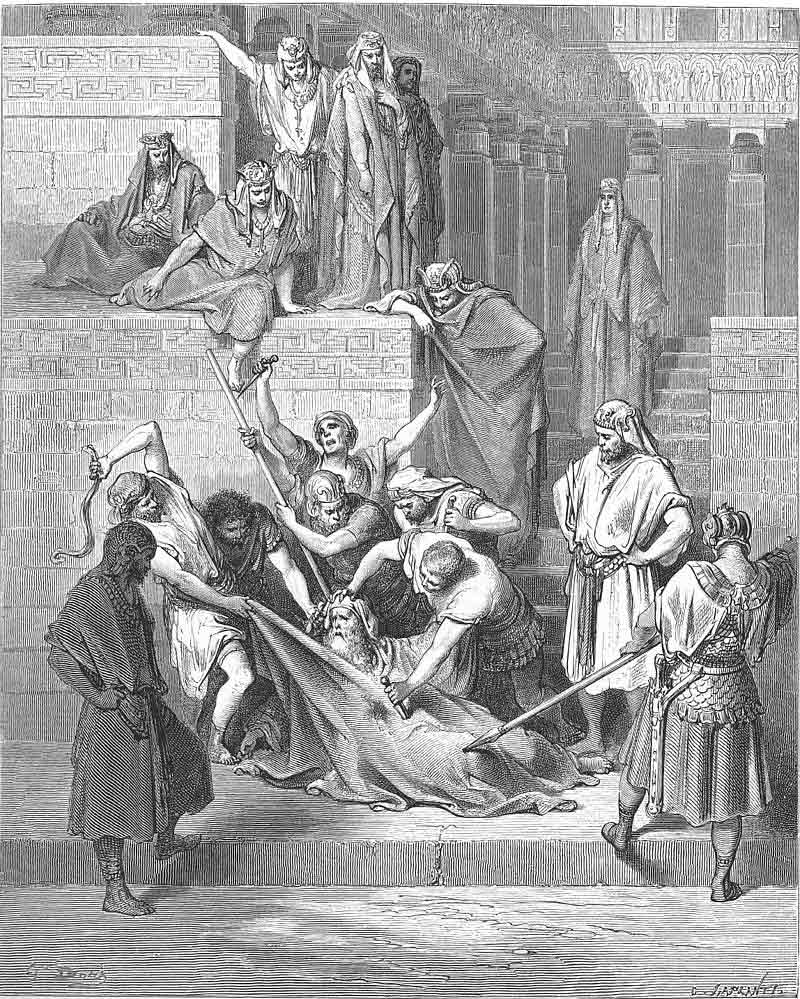For Israel, the decade of 1950 proved to be one of the ‘rationing system’ or the ‘austerity measures’. However, the foundation of the future Israeli social system got laid in this decade.
Even as Israel is considered a developed nation today, in the 1950s, it was miles away from this status. Going forward in our journey, we will now see how a nation forced to implement the rationing system due to the very limited availability of the resources; how a nation which had to accommodate its people literally in transit camps due to the hordes of homecoming immigrant Jews – not only went on to solve the issues concerning housing, food and employment of its citizens but also transformed itself into a ‘developed nation’ with its exceptional resolve. Here, participation and perseverance of citizens proved a significant factor as it would have been impossible for Israel to reach where it is today without the qualities of participation, perseverance and tolerance of its people, the very qualities that emanate from the love for the country. Right from infancy, every citizen of the Jew nation got imbibed with the teaching that – the ‘Nation’ and ‘me’ are not two distinct entities, but many such ‘me’ make a nation.
Right from the start, in every aspect of Israel, citizen participation has been evident. In the ‘World Happiness Index’ prepared by surveying 156 nations of the world, today, Israel ranks very high, at Number 13. In the survey, the citizens opine whether they are happy or not about specific parameters and factors in their country. From these opinions, a country gets ranked in the Happiness Index.
Israel ranking so high up in the index brings to fore the fact that its people are happy about the conditions, facilities, etc. available in their nation. Calculating the GDP or the making of any other indices involves only the number crunching, and they do not consider human emotions. However, the Happiness Index is prepared, taking into consideration the citizens and their happiness.
Of course, though the conditions in Israel during the 1950s cannot be termed ‘happy’, the shared bond of a common sorrow began to develop and advance the emotion of brotherly love despite they all coming from diverse cultures and environments. And this feeling proved very crucial for the ‘community living’.
When at the start of the 20th century with great efforts of the Zionist Agency, the Jews began returning to Israel (then the land of Palestine) the arrangements for their rehabilitation were made in the ‘community living’ concepts of ‘kibbutzim’ and ‘moshavim’. However, this time or after the time Israel gained its independence, the sheer speed and scale of the Jewish population returning to Israel proved even these two concepts to be insufficient!
As a result, the concept of Ma’abarot or the ‘transit camps’ had to be used. One hundred twenty-five such Ma’abarot accommodated staggering two hundred twenty-five thousand Jewish immigrants. They had mainly emigrated from the Arab and the Muslim nations of the Middle East and North Africa.

At the start, the Ma’abarot only had hundreds and thousands of tents, but later their form changed, and gradually the immigrants were moved into tin houses. However, the immigrants coming in the initial waves of immigration first had to bear many difficulties and troubles. The sanitation facilities were so limited that about 50-60 people had to share a single bathroom or a toilet between them. But there was no room for complaint. Moreover, considering and compared to the social conditions of the places from where these immigrants came, they accepted anything but those conditions.
Even the basic provisions like an electricity connection, which are an inseparable part of contemporary everyday life, seemed a luxury then. Thus objects like cars, telephones, etc. were totally out of bounds. One could see cars on the streets of large cities like Tel Aviv, Haifa, Jerusalem, etc., and find telephones ringing in large offices. But overall in villages and smaller towns, stuffs like cars, phones, air conditioners were scarce luxury items and beyond even the imagination of the ordinary people, leave apart those in the Ma’abarot then.
Of course, the immigrants were not to be kept in the Ma’abarot forever. As the mid-1950s approached, the Ma’abarot gradually got transformed into ‘development towns’. The immigrants were provided permanent residences in them.

A young Israeli architect, ‘Arieh Sharon’, prepared a ‘master plan’ for the permanent housing. Educated in Germany, Sharon had returned to Israel around 1931 and had taken to building housing estates in the city of Tel Aviv. He started constructions of multistoried buildings as per the international style. Happy at his work, David Ben-Gurion appointed him the head of the Government Planning Department during the 1948 War of Independence or the 1948 Arab–Israeli War. He reported directly to Prime Minister Ben-Gurion.

The master plan primarily aimed at reducing the clogging around the big cities created by the settlements that had unorderly mushroomed in an uncontrolled manner and resettle them equally across Israel. Moreover, for firmly establishing the Israeli claim at its borders, the master plan proposed to build the towns for the resettlers mainly at the border areas.
The master plan proved immensely successful, and for it, the State of Israel awarded Arieh Sharon with the ‘Israel Prize’ (regarded as the highest cultural honour in Israel) in the field of Architecture.(To be continued…)


















